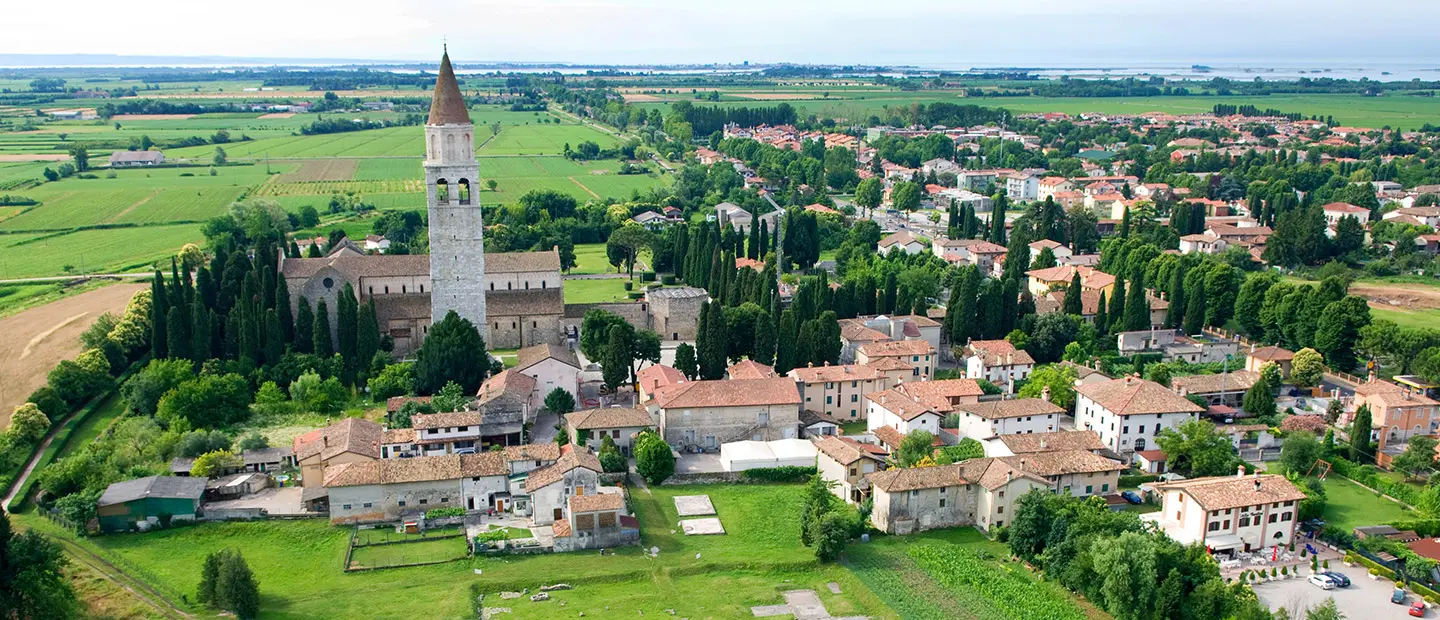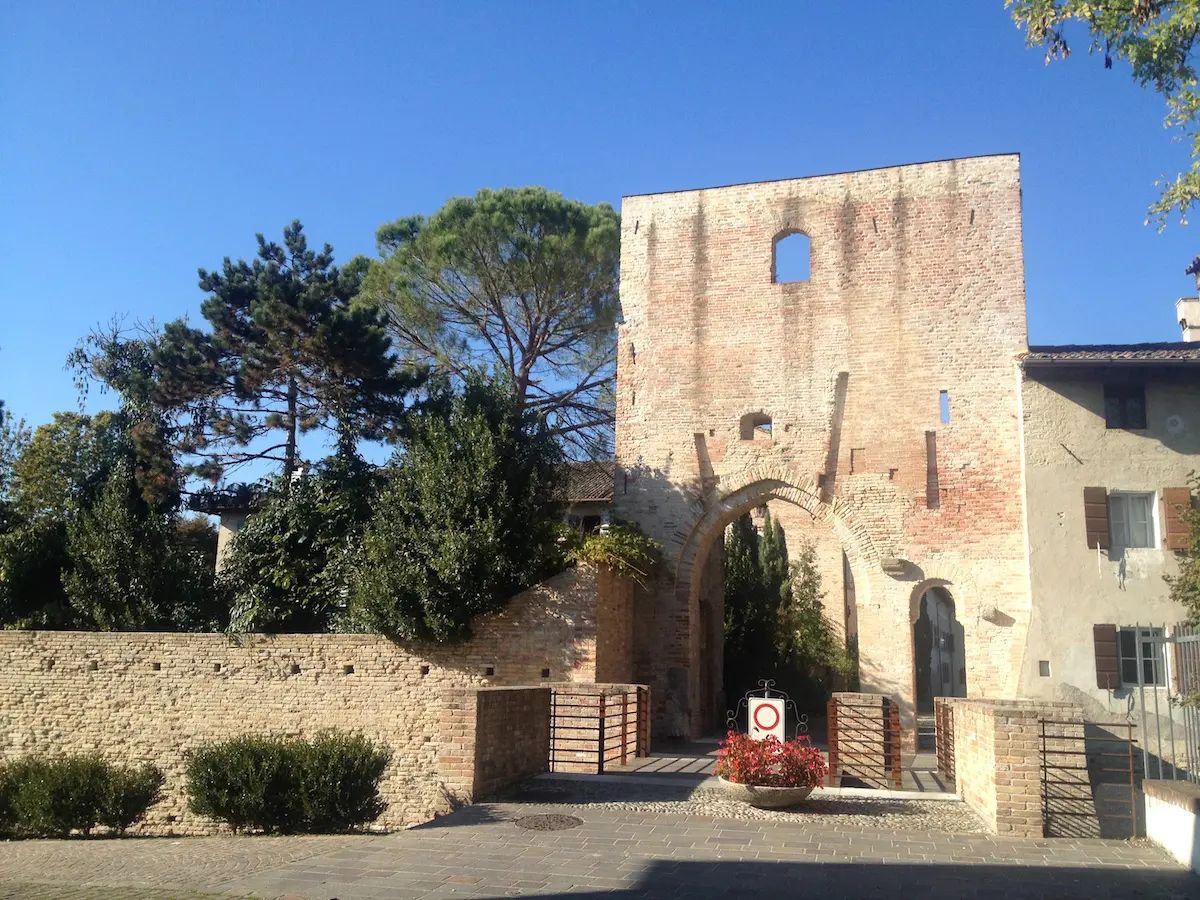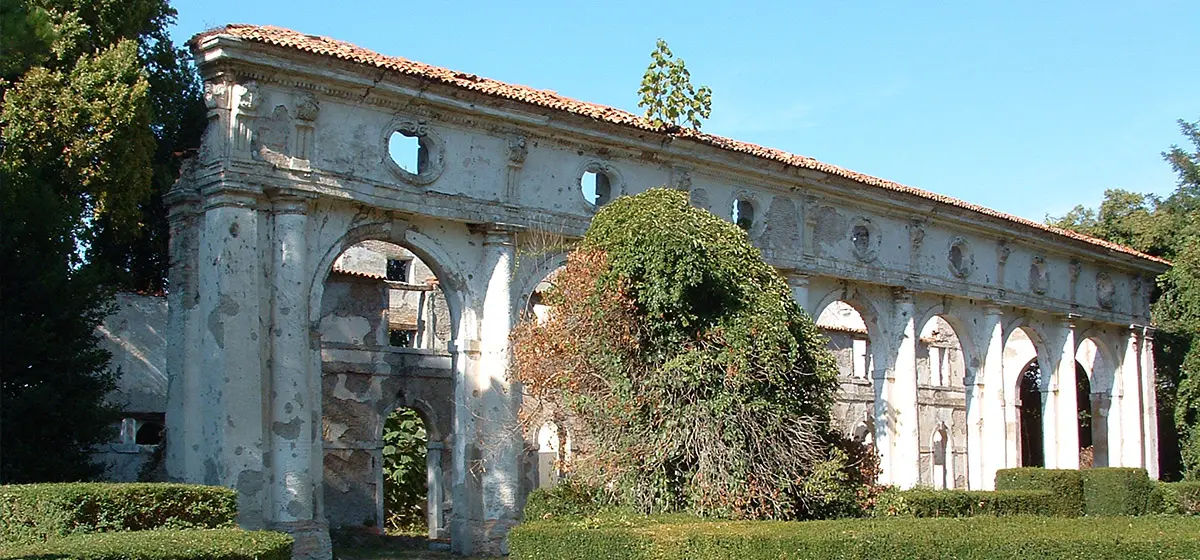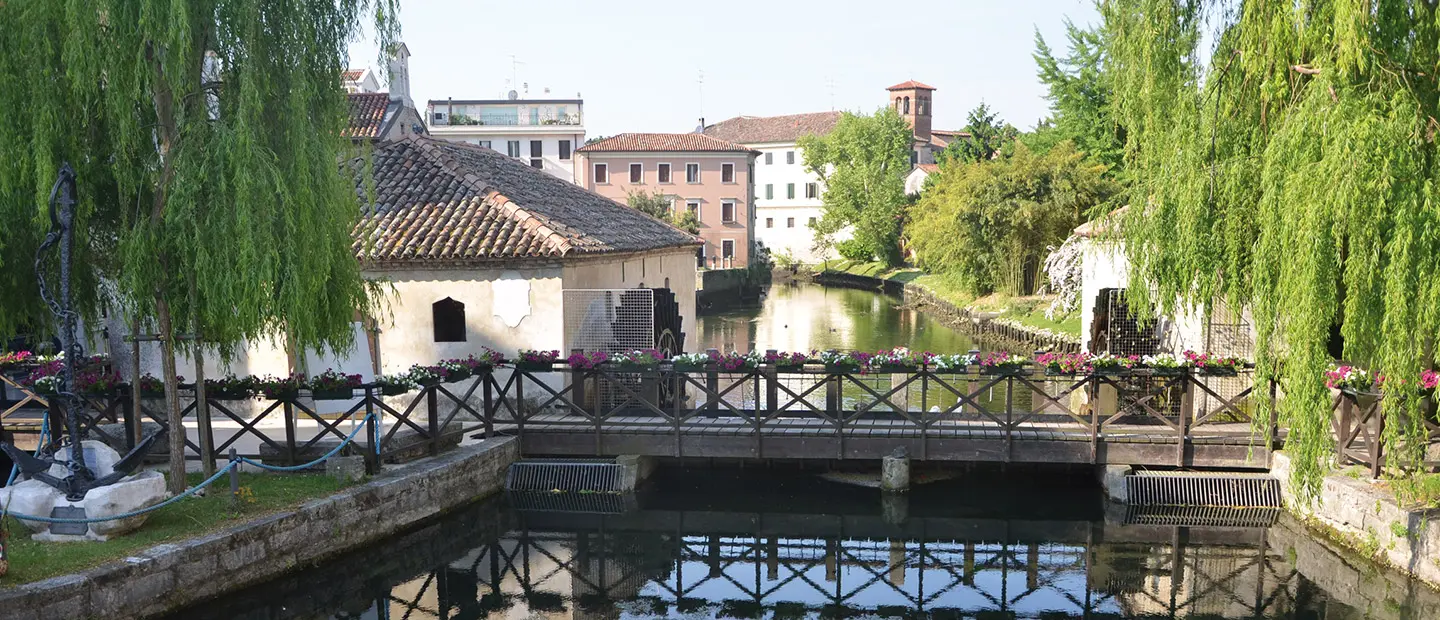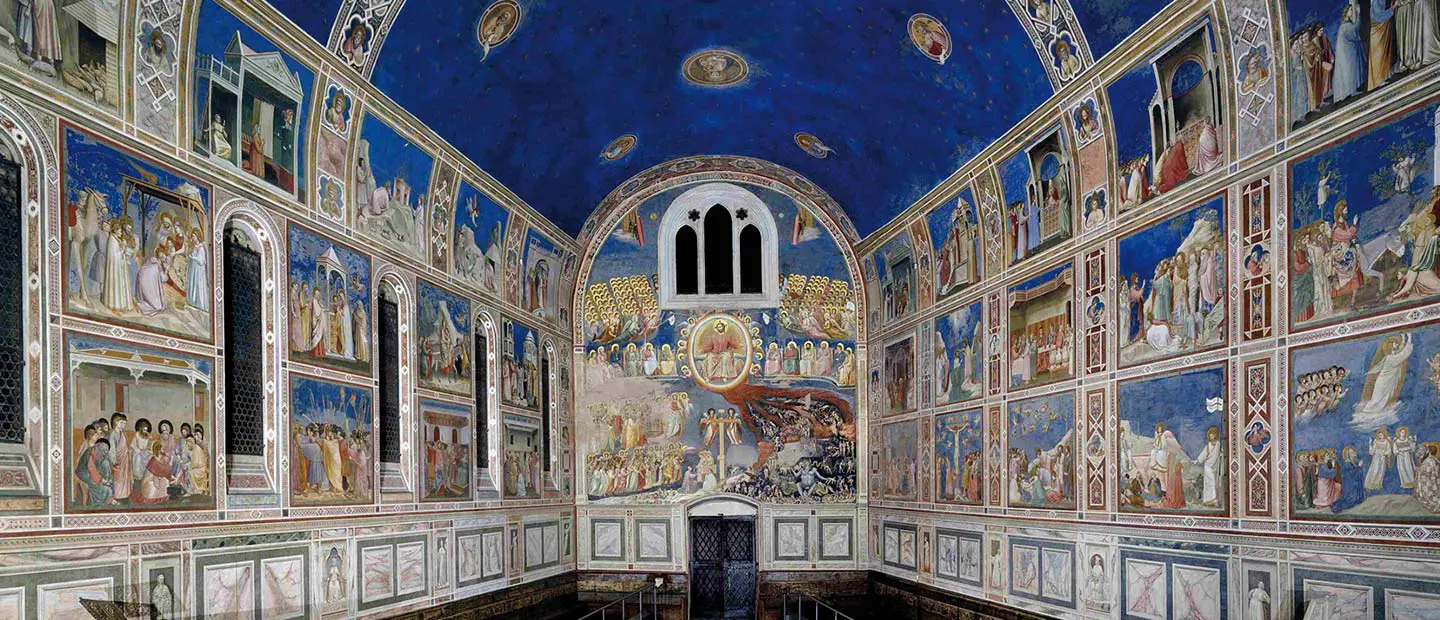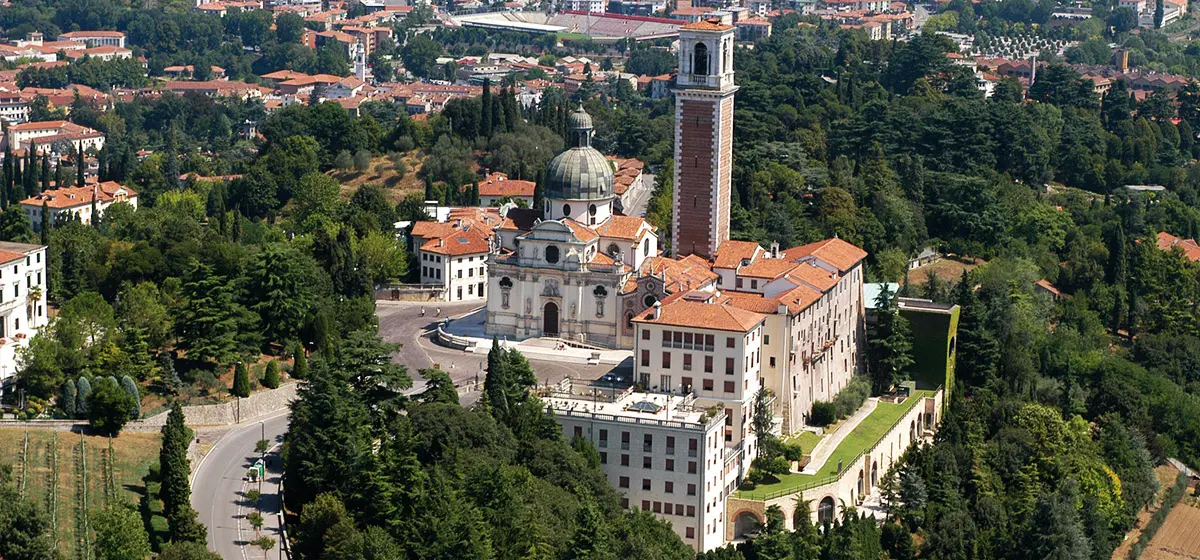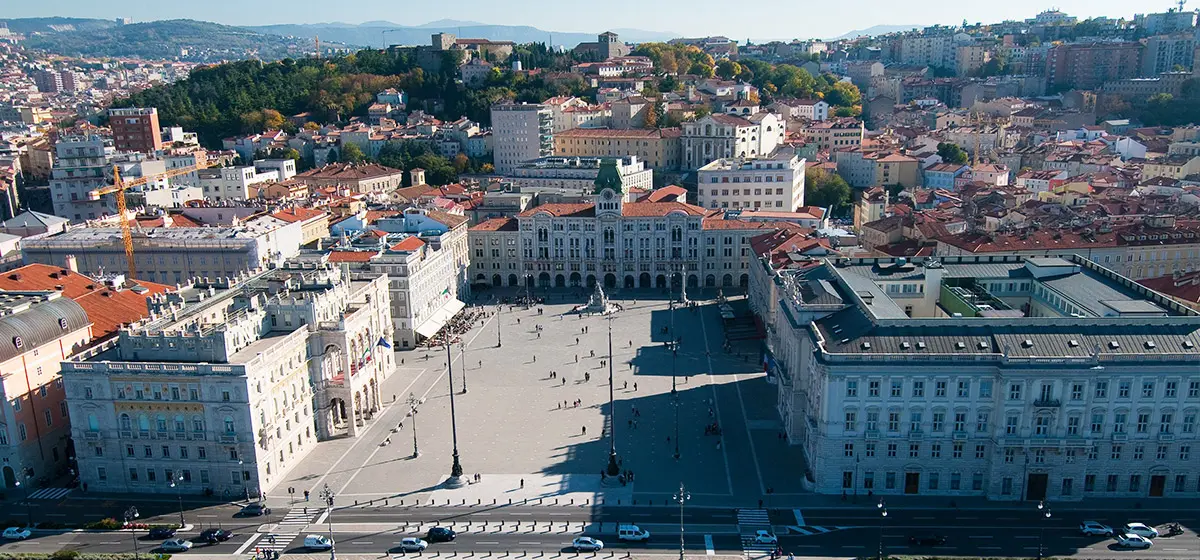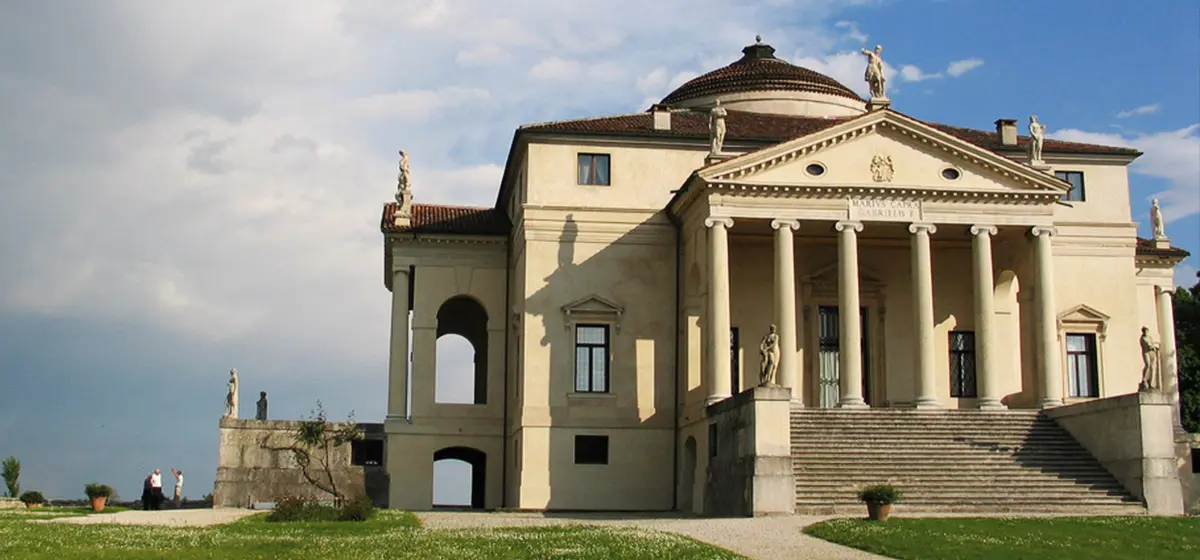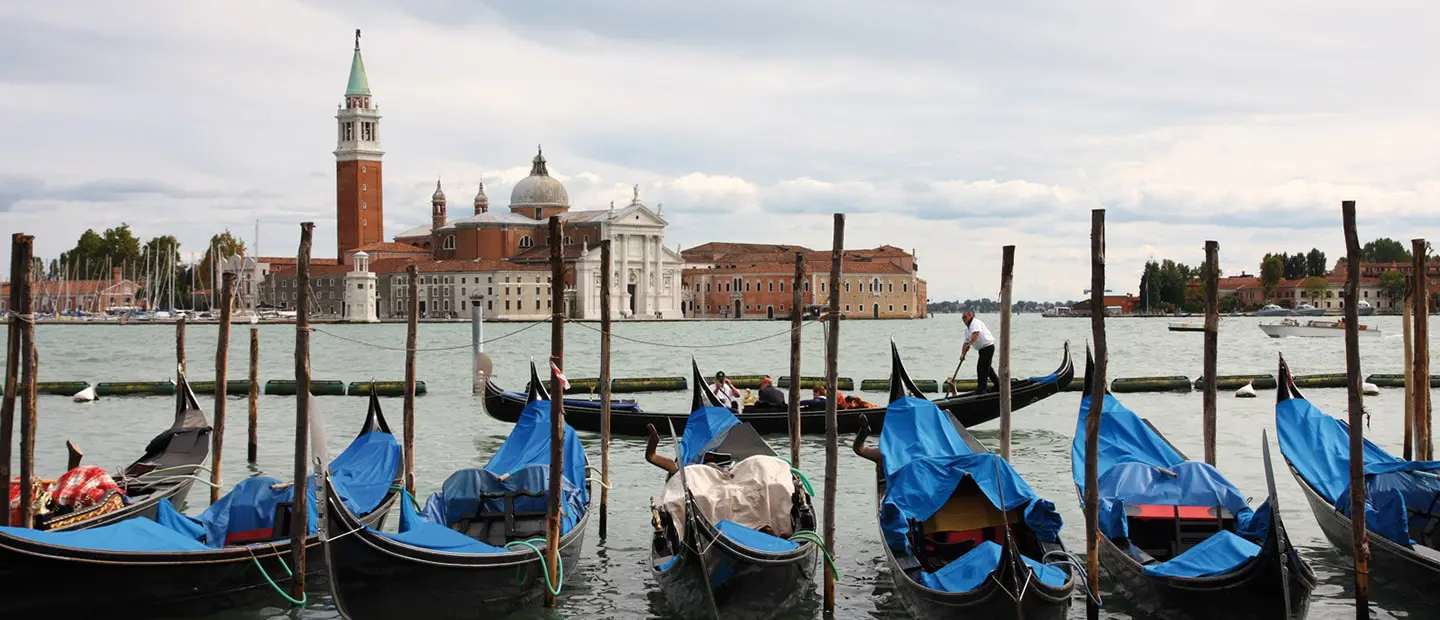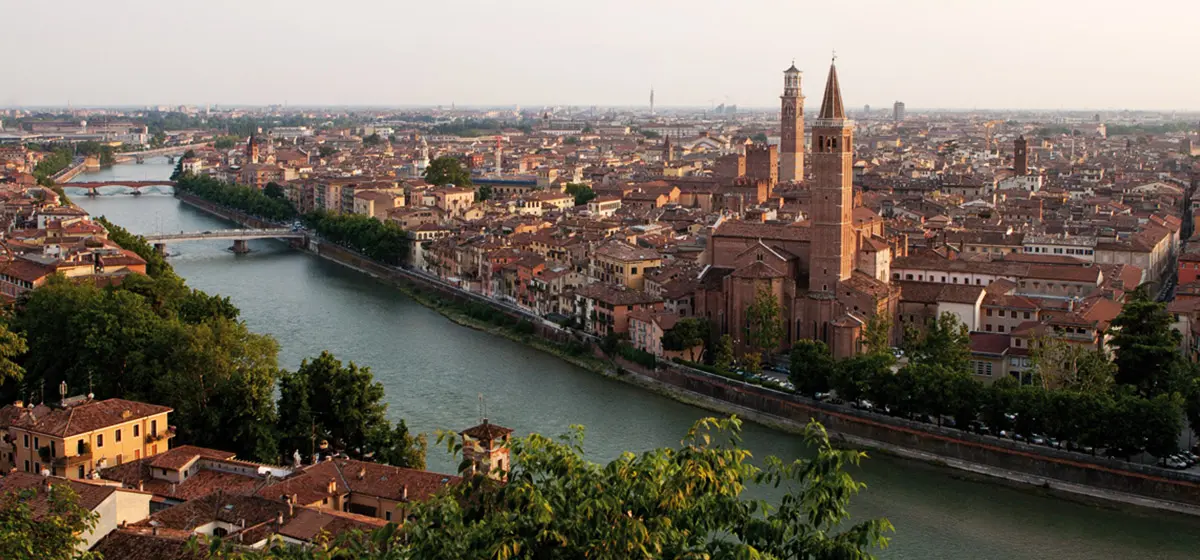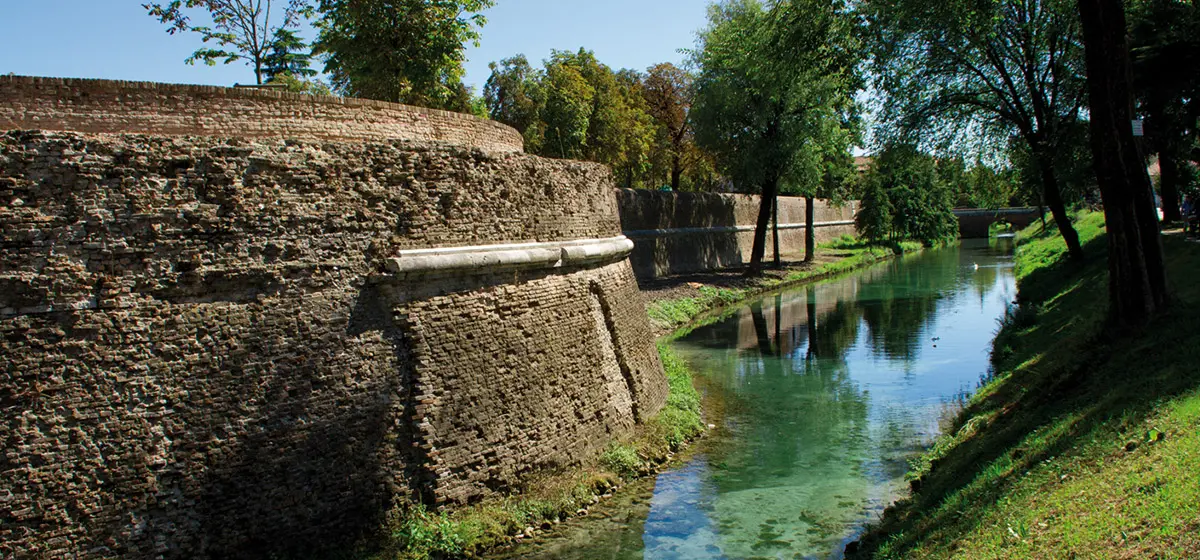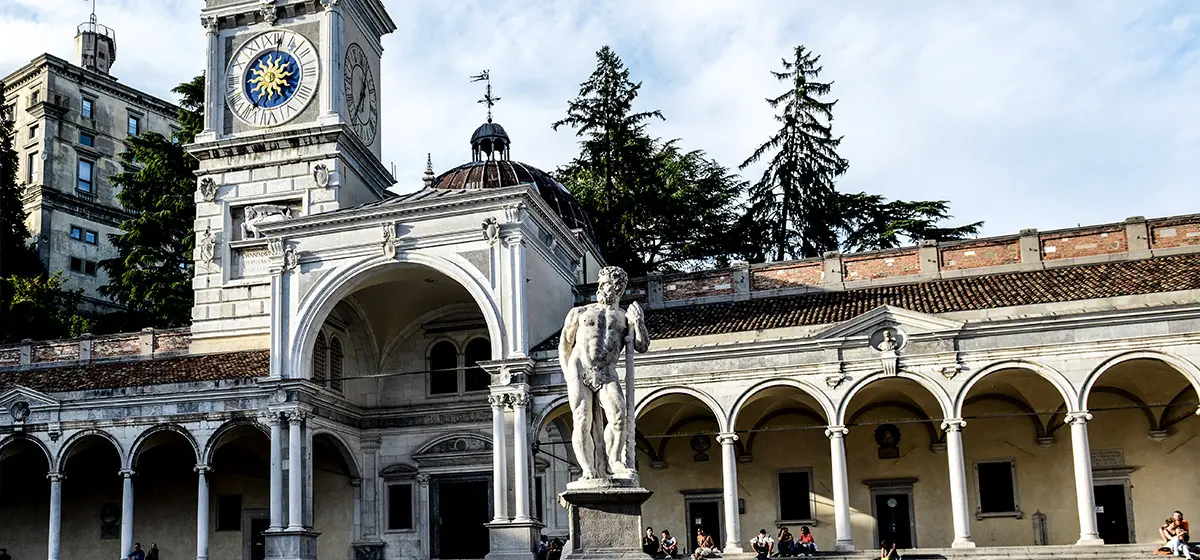Sesto al Reghena
A place where the amalgamation of history and nature evokes deep emotions. Discover the ancient Romanesque abbey, medieval frescoes and captivating landscapes that inspired great Italian writers.
Bibione - Sesto al Reghena:
about 38 km and about 50 minutes in normal traffic
Leave Bibione on Provincial Road SP 74 towards the highway. At the end of the Provincial Road, turn left to continue towards Portogruaro. At Portogruaro, follow the signs for the highway and go in the direction of Pordenone; get off the highway at the first Sesto al Reghena exit.
Sesto Al Reghena, PN, Italia
Other destinations
Discover enchanting places near Bibione: art, history and natural beauty to explore and admire.







